In the realm of electric toothbrush production, the correlation between brush head blockage and motor stalling is a significant issue that manufacturers cannot ignore. While consumers often attribute power interruptions to battery issues, internal evaluations reveal that clogged or obstructed brush heads are a leading cause of motor stalling, directly affecting product reliability and customer satisfaction. Is this problem avoidable? Let’s explore its origins and potential solutions.
Brush head blockage occurs when:
Over time, these factors create mechanical resistance that the motor cannot overcome, leading to system failure.
When brush head blockage occurs:
From the user’s perspective, this presents as sudden motor stalling or intermittent shutdown during brushing sessions. Company web:https://www.powsmart.com/product/electric-toothbrush/
Production flaws contributing to blockage include:
Attention to these production processes is essential to minimize blockage risks at source.
Manufacturers can implement the following strategies to prevent motor stalling from brush head blockage:
Combining mechanical precision with intelligent electronic protection offers a comprehensive solution.
To proactively catch blockage risks:
Continuous improvement through quality tracking ensures reliable prevention of brush head-related failures.
From a B2B perspective:
By eliminating brush head blockage risks, manufacturers secure both product longevity and customer trust.
Is motor stalling caused by brush head blockage? In many cases, yes. However, through optimized design, precise manufacturing control, and smart electronic safeguards, this preventable problem can be effectively eliminated. Proactive engineering ensures that your electric toothbrush products deliver seamless, reliable performance across their full lifecycle. Contact us
.jpg)
.jpg)
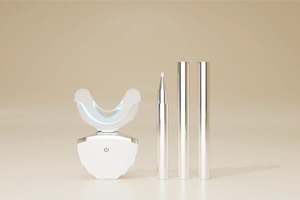
Guide to Winning in Teeth Whitening business
Wholesale Smart Electric Toothbrush Factory | Bulk Supply Solutions
Bulk Employee Gifts Waterproof Electric Toothbrush Washington | Appreciation Ideas
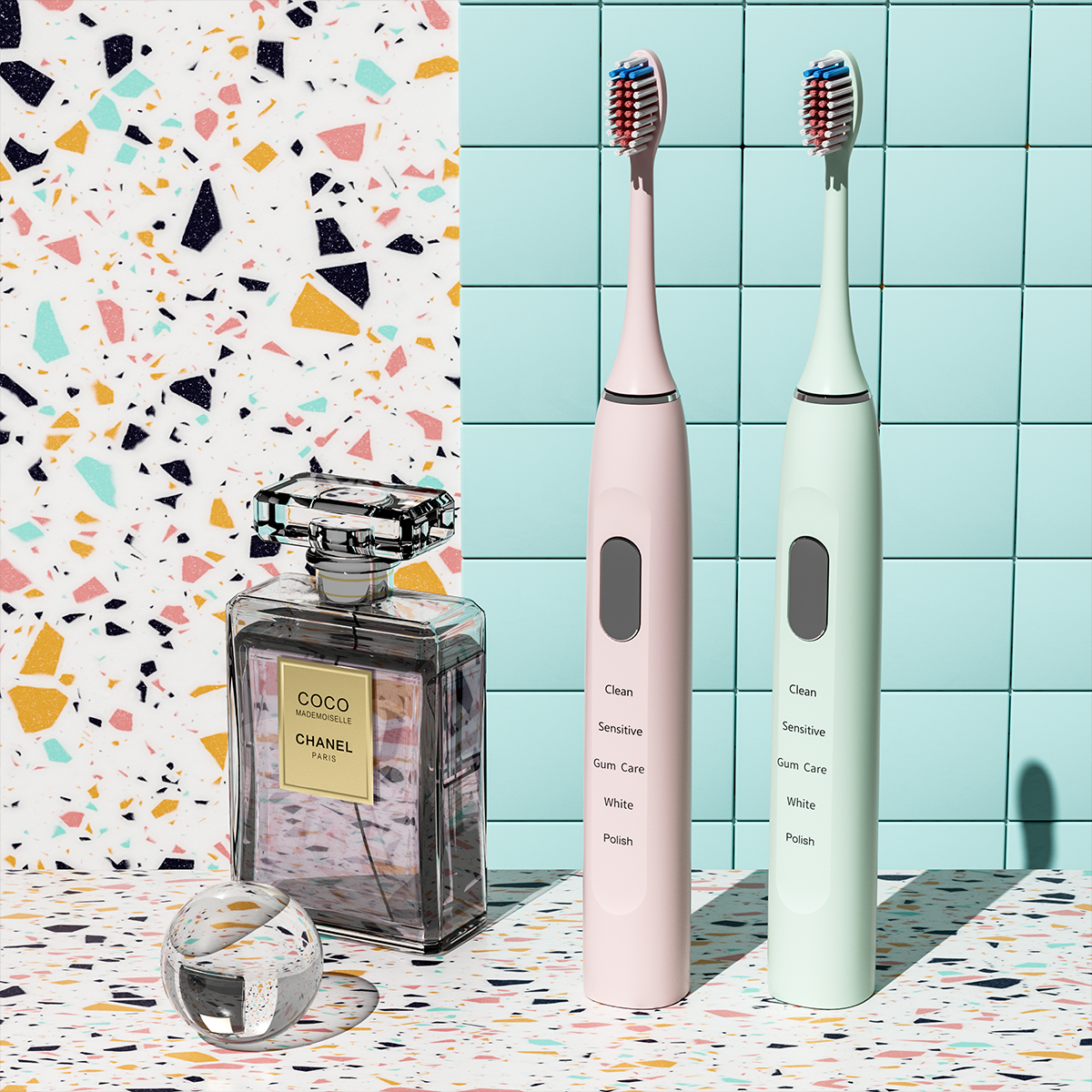
Kids Electric Toothbrush Bulk: Wholesale Options for Businesses
.jpg)
Can a custom Texas brush deliver a big Texas brush clean?
.jpg)
Is Toothbrush Production Keeping Up with Toothbrush Technology Trends?
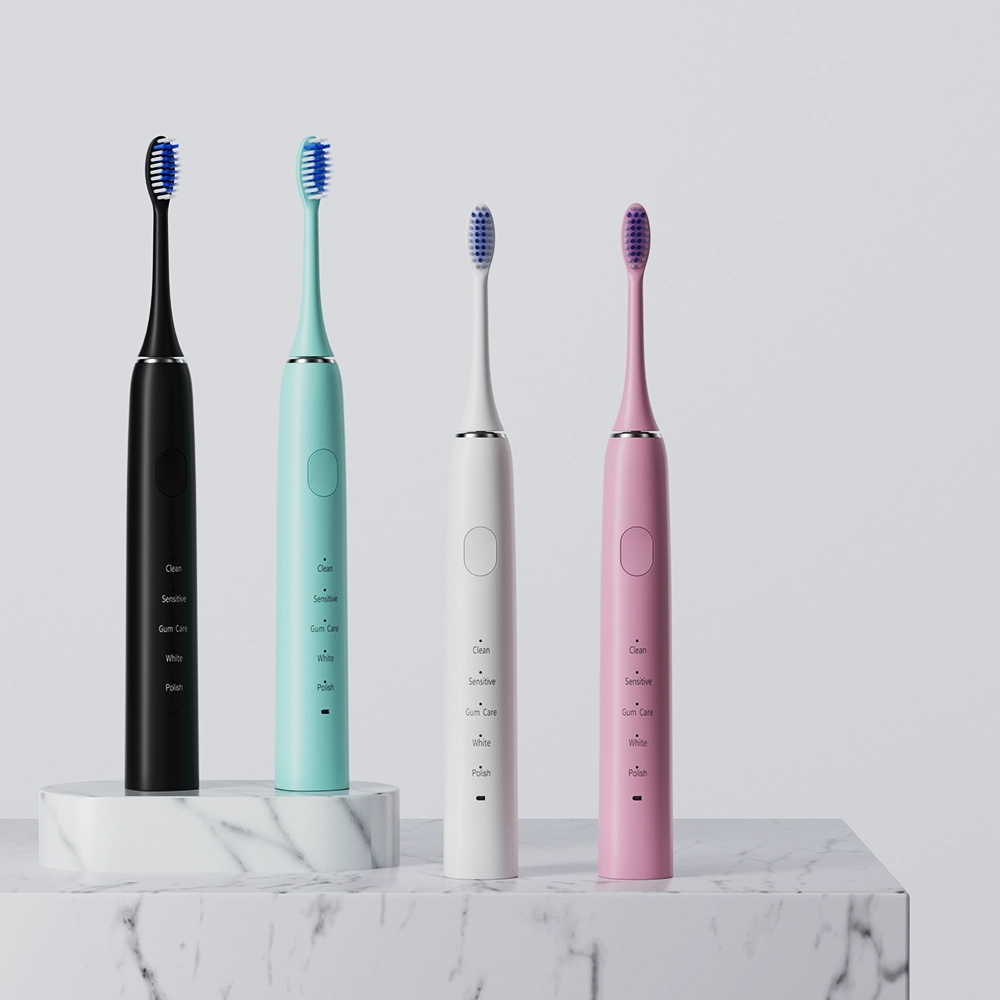
Powsmart’s Electric Toothbrush Factory: Technological Innovation in Electric Toothbrushes – Evolution from Basics to Advanced Features
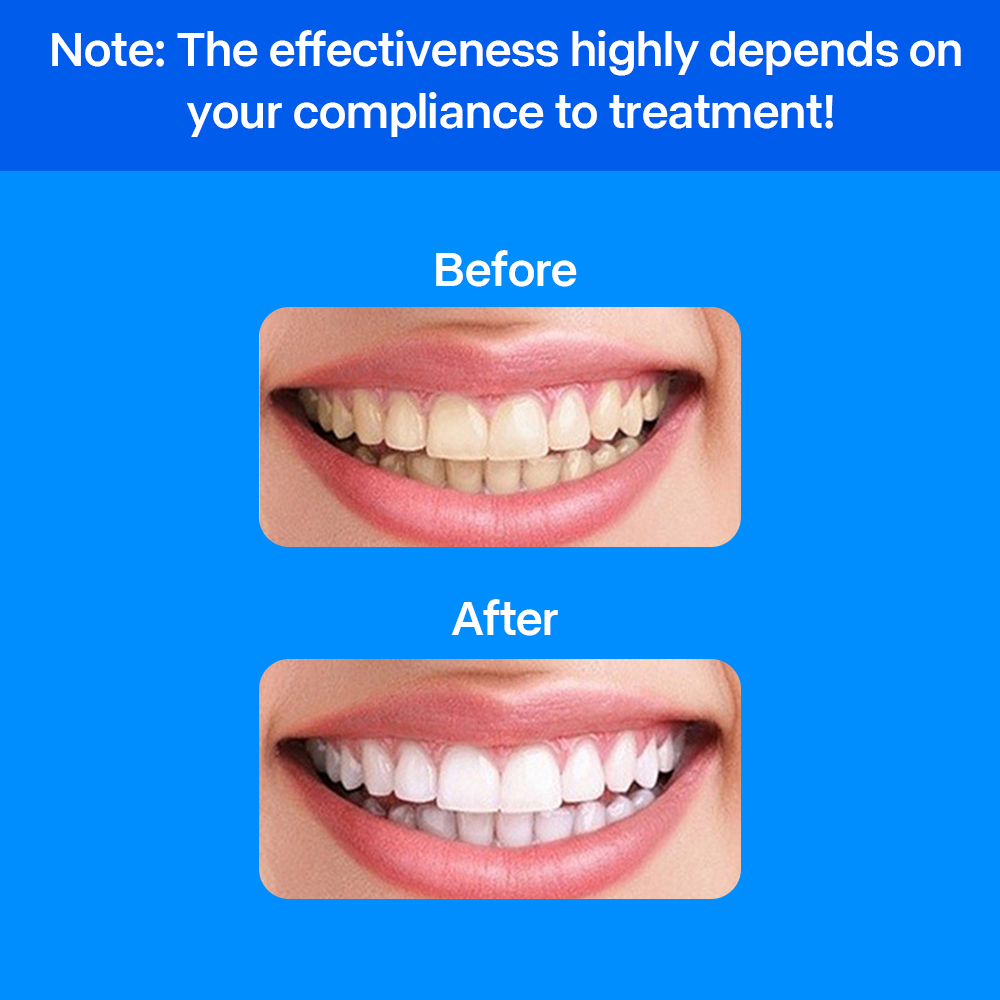
Are the effects of cold light teeth whitening permanent?
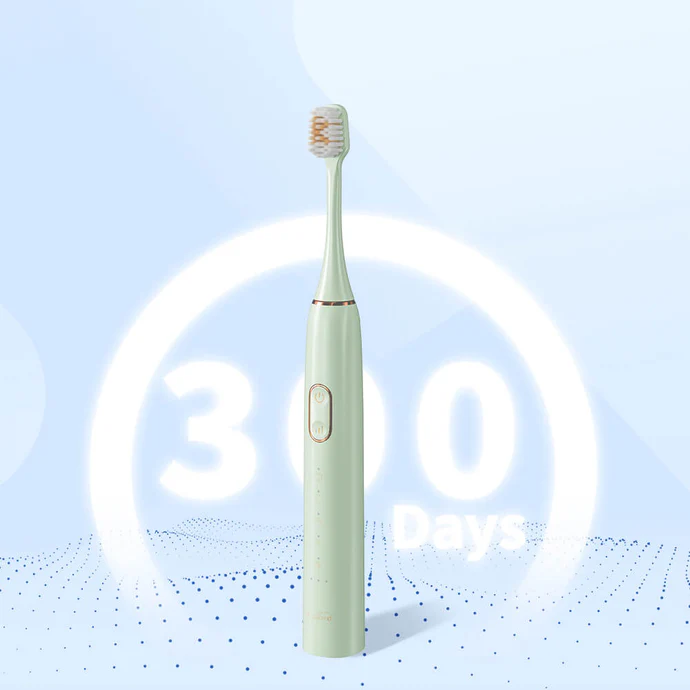
Can a Hawaii saltwater toothbrush really outperform a standard Hawaii waterproof toothbrush?
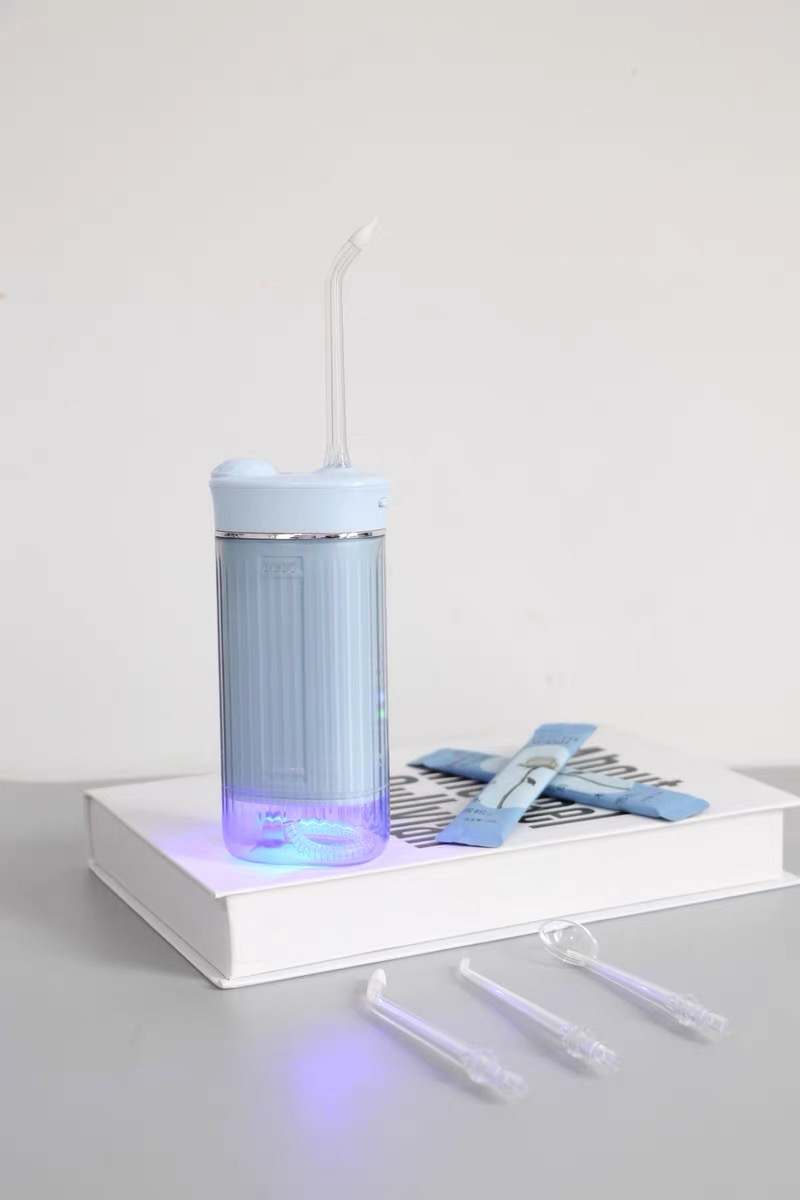
Power vs Portability: OEM Manufacturing for Both Desktop & Portable Water Flossers

Does an orthodontic brush simplify braces care?
.jpg)
How Many Times Is It Recommended to Clean Your Mouth in a Day?

What Products Can a Dental Clinic Choose to Sell Oral Care-Related Products? What Should Be Noted?
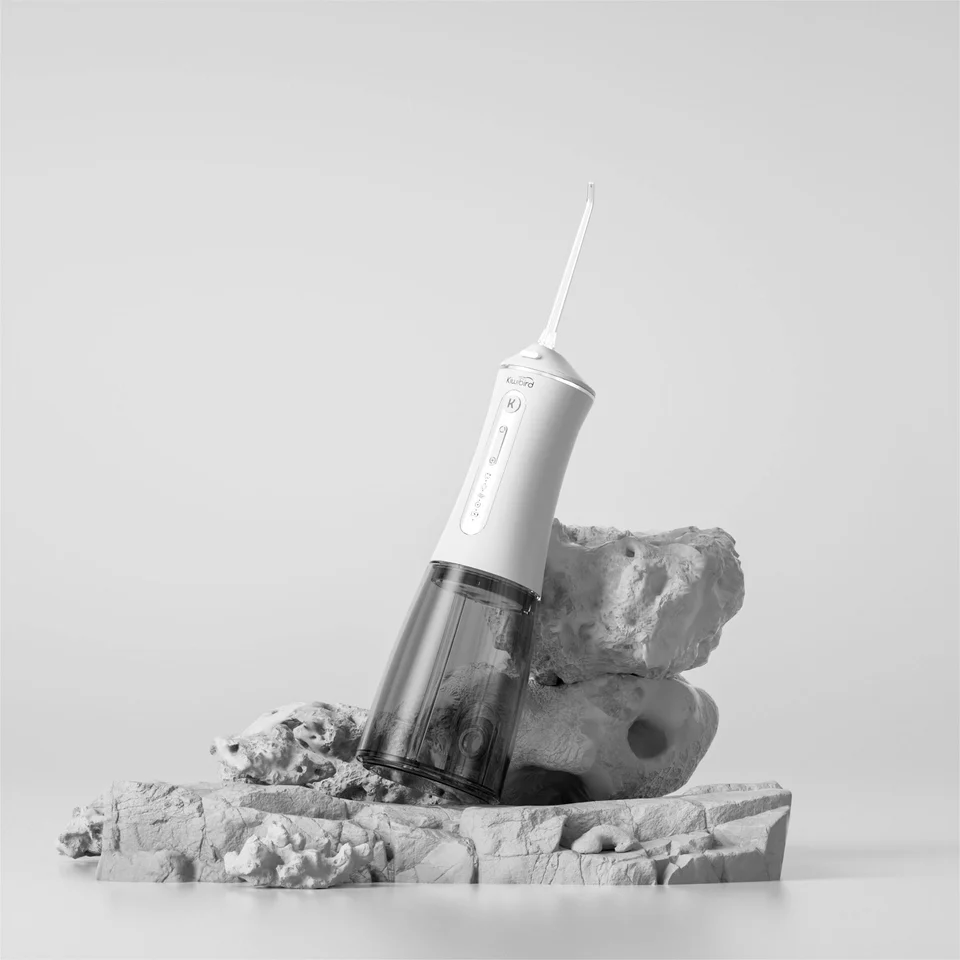
How to Solve the Problem of Water Flosser Nozzle Leakage

How to Secure the Best Wholesale Price for Electric Toothbrush Export?
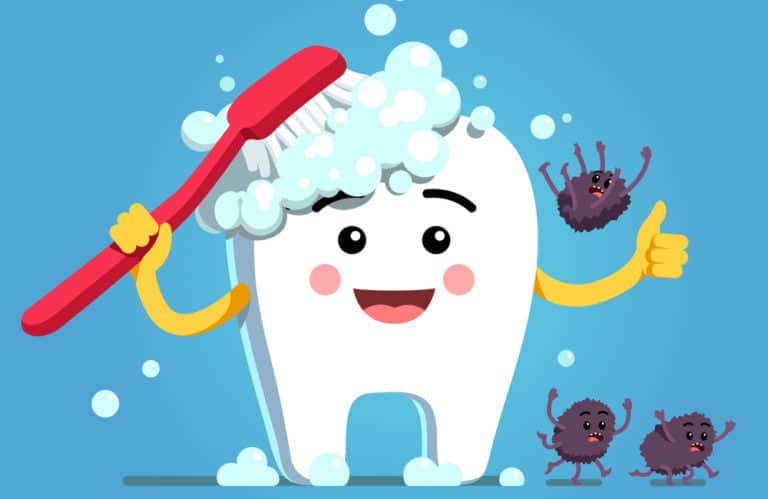
How to Prevent Toddler Tooth Decay?

Electric toothbrush heads Charcoal Infused-Diamond

electric toothbrush heads Deep Clean

Private Label Whitening Gel

Customization Teeth Whitening Gel

electric toothbrush heads Ultra Soft

electric toothbrush heads Regular Clean

electric toothbrush heads Charcoal Infuse-Round
.jpg)
Florida Electric Toothbrush – Powsmart PTR-C8
whstapp
whstapp
National Toll-Free Service Hotline
+86 755 86238638